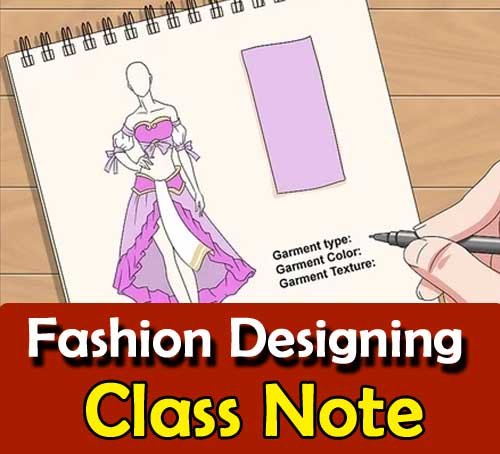What is Garment
To make this the most conclusive list of clothing types, let’s look at the above list of garment types, and break it down further with descriptions and photos!
Bloomers
Bloomers are an undergarment worn on the lower body, usually with an elasticated waist, and often finished with lace on the hem of each leg.
They were created in the 19th century to be looser and more lightweight than the dresses worn by women which were at the time made from heavy weight fabrics.
Although not designed by her, bloomers are so called after Amelia Bloomer, the women’s rights activist from the 19th century.
Blouse
A blouse is an upper body garment, found in womenswear. Similar to a shirt, the blouse can be:
- Long sleeved
- Short sleeved
- Sleeveless
Blouses are often made from a lightweight fabric than their ‘shirt’ counterparts, and often have more interesting details, such as lace collars, gathering, pleats, pin tucks and more.
Bodysuit
Think of a bodysuit as a leotard with a snap opening under the legs and you’re on the right track! Bodysuits are usually made from skin toned knit fabrics so that they can offer a little modestly when wearing low cut dresses .
Bra
Bras are worn by women to support the bust. They come in different styles, with different cuts, shapes and levels of support too.
Bustier
The bustier is an upper body garment that fits close to the bodice, with straps on the shoulders. There is not usually boning in a bustier, but it is made up of many sections, similar to a corset.
The most famous and easy to recognise bustier is the one John Paul Gaultier made for Madonna!
Caftan
The caftan (also spelled as kaftan) is a loose fitting garment made popular in the 1950s by Christian Dior. Traditionally it was open at the front, though in the 2000s they have often been created closed as a simple pull-on style dress or cover up.
Cardigan
We’ve all worn cardigans knitted by our grandmas right? Much like a sweater, cardigans are made from knit fabrics and have a front opening. They can be zippered, but a button opening is more popular.
They were made famous in the 1920s by Chanel as part of the two and three piece sets with skirts.
Cloak
A cloak is worn as an overgarment which can cover just the upper body, or be longer in length reaching the thighs, knees or even ankles.
They typically have slits in the front for the arms to exit as and when needed.
Coat
A coat is similar to a jacket, but longer in length and designed for colder weather. They’re more of a winter garment and can be made from heavy weight fabrics such as wool, with interlining added for extra warmth before the lining Is added.
Corset
Historically corsets were worn under clothes such as dresses and laced up very tightly to ‘cinch’ in the waist so that it was as tiny as possible.
Since 1987 when Vivienne Westwood added corsets into her collection, other fashion designers have followed suit, and corsets are now a well used type of clothing used in dresses and as separate pieces!
Corsets differ from bustiers in that they use ‘stays’ or ‘boning’ to provide structure and support. These can be metal, plastic or polyester boning.
Dress
A dress is a garment which hangs from the shoulders, covering the upper body area, buttocks and thighs. It can be close fitting ot loose and airy.
Stylistic variations mean that dresses can also be strapless, which requires them to be closely fitted to the upper bodice, and can also fall to any length between thigh and floor.
I have an in depth guide to the different types of dresses if you’d like to learn more.
Dungarees
Worn by women during the World Wars, dungarees were originally workwear for men. They’re made up of trousers, a front and back bib, which are secured together with should straps.
Now worn by women and children more than men, the dungaree has become a firm favourite, being made of denim, corduroy and vibrant printed fabrics too!
Jacket
The jacket can be either casual or formal, and worn as tailoring or outerwear. An anorak and a bomber jacket are considered to be a type of casual outerwear jackets, while the tuxedo and blazer are tailored jackets.
Jeans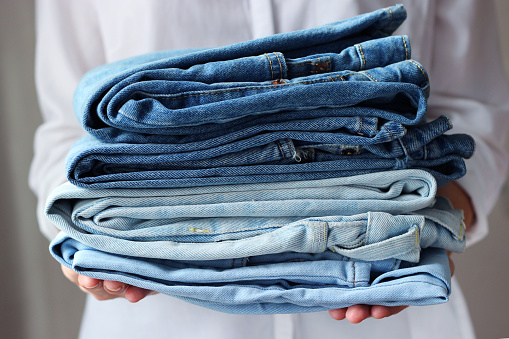
Originally known as a type of cotton fabric woven in Nîmes in France, it became a more recognised term as a garment made from denim by Levi Strauss in the 1800s.
Jeans in the 2020s come in a range of styles, fabrics and cuts as well as different colours when created in denim!
I have a great article on how I made the DIY jeans in the photo below!
Jumper
In the 19th century, a jumper was a short coat-like garment worn by men. It is currently the terms used in the UK when referring to a sweater.
Learn more about jumpers with this great guide on the types of sweaters here!
Jumpsuit
The jumpsuit is a popular garment in the 2020s – with sewing patterns popping up from indie pattern designers the world over!
It’s a full body piece of clothing, traditionally with long sleeves and long legs, and also goes by the name of ‘flight suit’ or ‘boiler suit’.
Kilt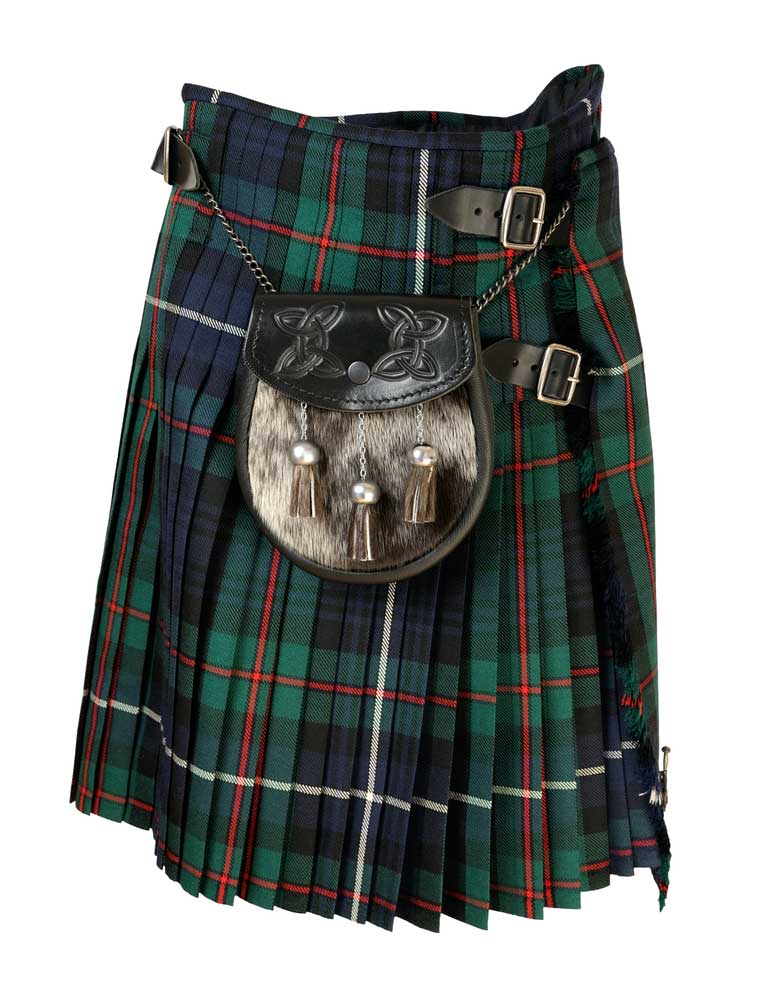
Woven plaid or tartan fabric is used to make a kilt, which is worn like a skirt, hanging from the waist down.
Traditional men’s kilts can be completely pleated or have the end sections of the fabric left unpleated, which overlap at the front of the body.
Women’s kilts are less specific, with the style being influenced by seasonal trends.
Kimono
The kimono is a type of robe from Japan which is often used as the basis for dressing gowns, but has frequently since the late 19th century been adopted by fashion designers as a dress trend.
Knickerbockers
Despite being a very historical item of clothing, knickerbockers were made fashionable by fashion designer Yves Saint Laurent in the late 1960s.
They’re loose breeches – like trousers! – but are gathered just below the knee.
Leggings
Worn on the legs, leggings have been popular casual clothing for many years but have their historical roots as a cold weather underlayer from the Middle Ages!
Modern day leggings are made from an elasticated fabric – usually knit – and are worn very close to the body.
They come in different lengths too, from full length – waist to ankle – to low rise capri length and more!
Legwarmers
I recall being forced to wear legwarmers as a school girl during the 80s in the UK!
Back then they were cyclindrical, knitted by hand and worn on the legs, between our knees and ankles.
They could be hidden under our school trousers or worn with mini skirts to make a fashion statement.
Leotard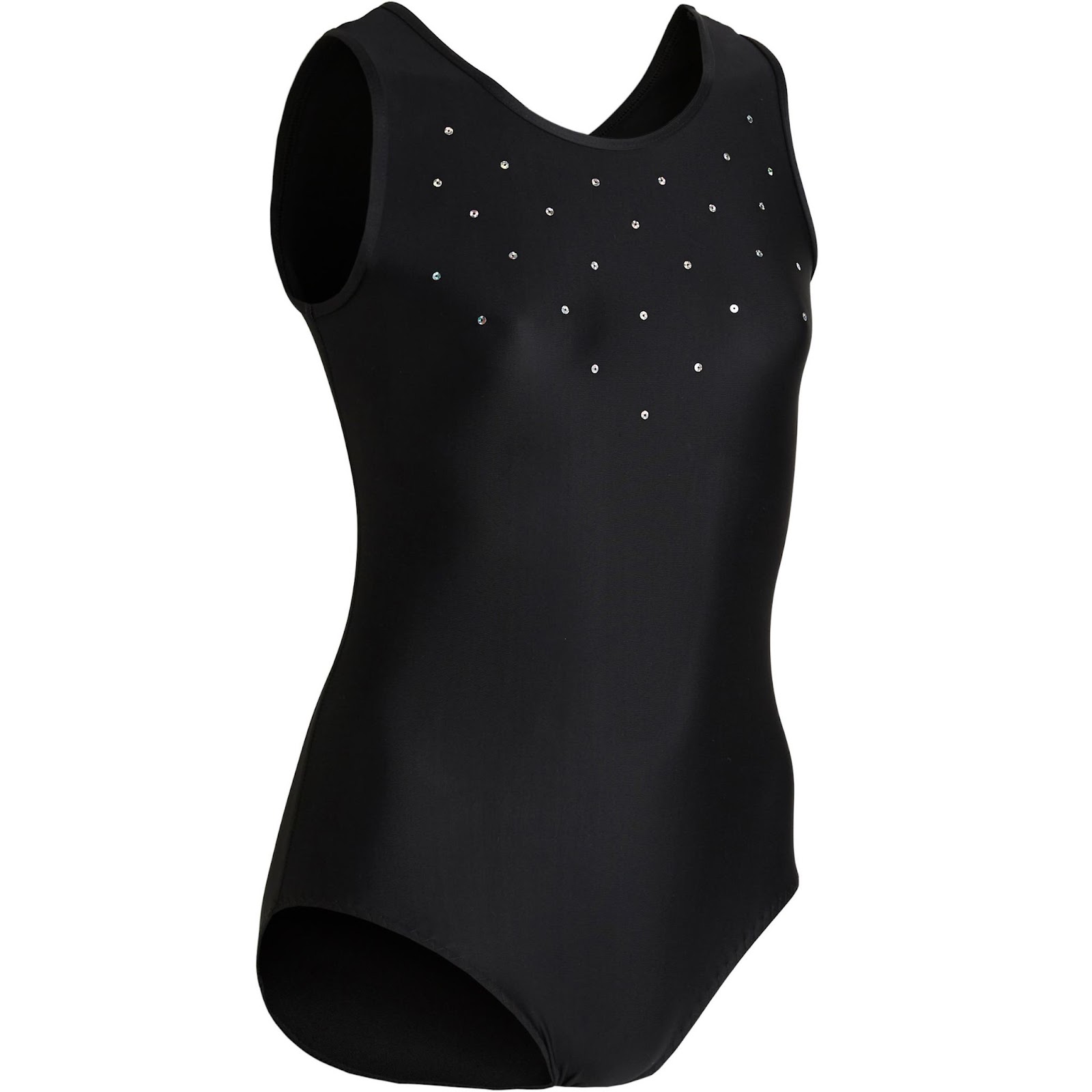
An item of clothing that I hated wearing when younger, the leotard covers the body from the crotch to the shoulders.
It was first worn by Jules Léotard, a French trapezist, in the 19th century and since then has become popular with disco lovers and dancers.
It’s now made from a variety of fabric types for both activewear and casual wear needs.
Panties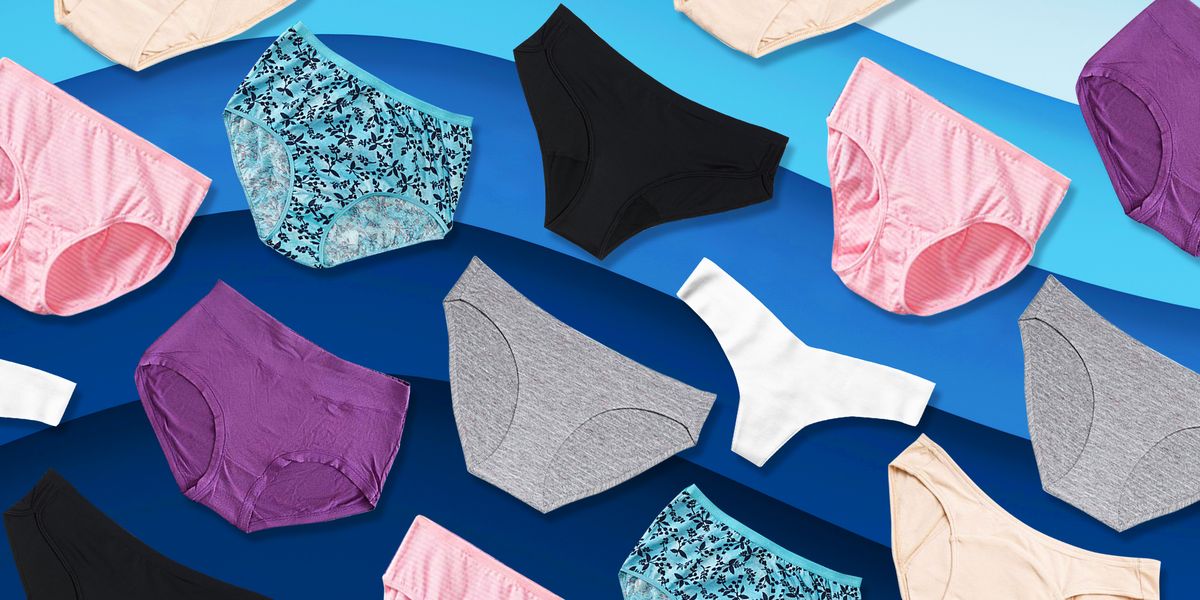
Panties are an underwear worn by women on the lower body parts. Also referred to as knickers in some countries, they can be made from knitted cotton fabrics, lace, mesh and more.
They’re often trimmed with folder elastic or picot trim for a decorative finish as well as to finish the raw edge of the fabric.
